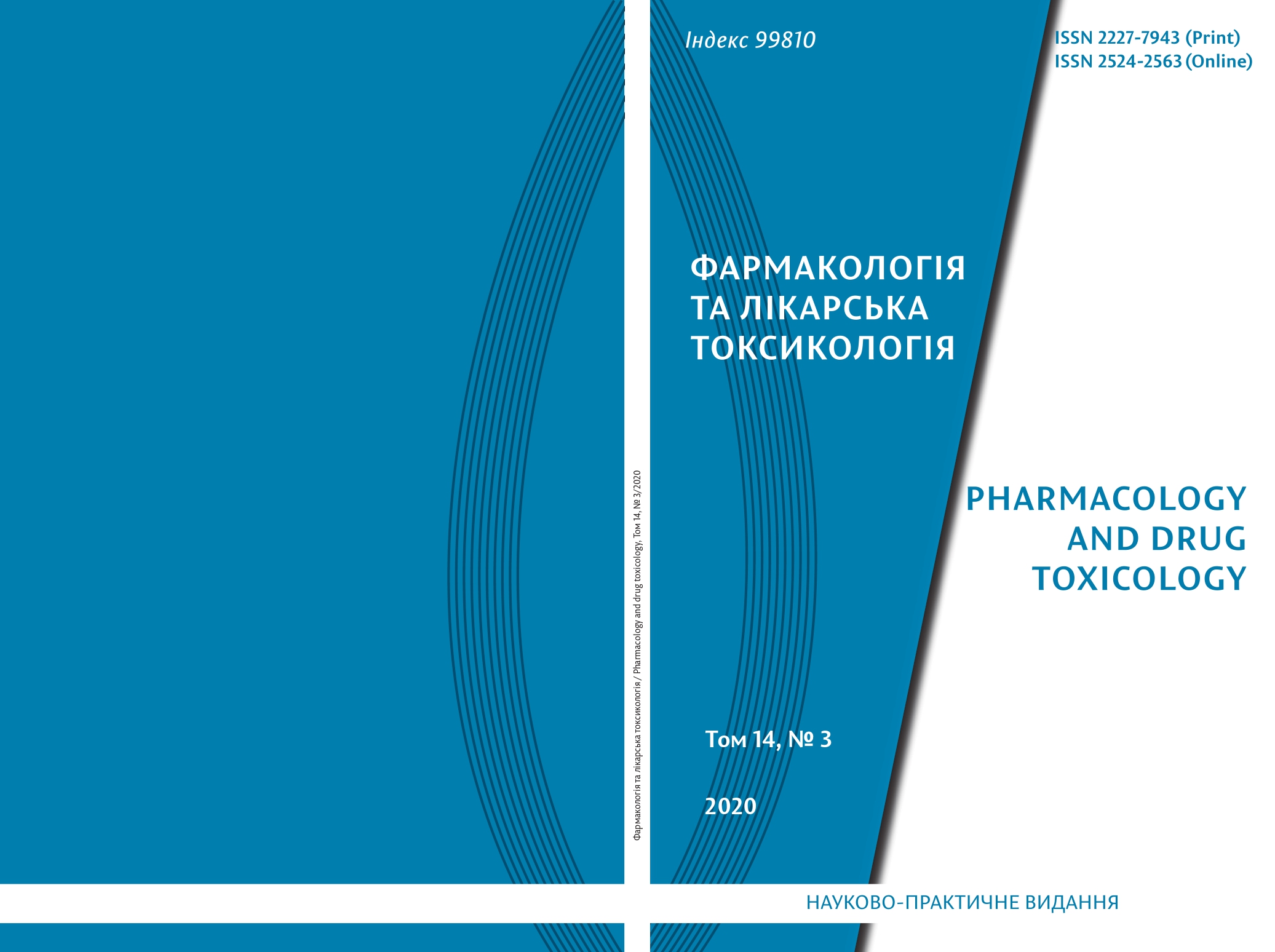Abstract
Pharmacological and screening studies of analgesics require adequate registration, evaluation and interpretation of experimental data. For this, it is necessary to account for particular features of experiment methodology, studied compounds, influence of internal and external factors. The aim of the study – to summarize and analyze factors, which influence on the results of analgesic activity at «Hot plate» test.
It is indicated, that most adequate test system for antinociceptive activity studies – mice and rats. Most pronounced analgesic activity of opioids in experiments is registered in 49,5–50,0 °C, but not in the standard 53,0–55,0 °C. Activity of opioid receptor antagonists is more pronounced of 54,5 °C. Optimal temperature for non narcotic analgesics and NSAIDs is ≥ 53,0 °C.
Criteria of analgesia are split in three basic categories: snorting reactions (sniffing, walking on the plate), response to damaging effects (licking of front/rear paw) and avoidance/escaping (standing on rear paws, jumps). During studies of adjuvant analgesics, their specific mechanisms of action must be
accounted. For benzodiazepine line and GABA-ergic compounds changes in end points are related to sedative and muscle relaxant action, cholinergic drugs and a2-adrenoreceptor antagonists mostly influence other behavioral reactions rather than licking.
Thus, the «Hot plate» test is one of the most adequate methods for studying the central component of anesthesia. The accuracy and adequacy of experimental data depend on the peculiarities of the formulation and regulations of the experiment, taking into account specific objective criteria, namely operating temperature of the plate, evaluation patterns (jumps, licking paws) and other additional factors.
